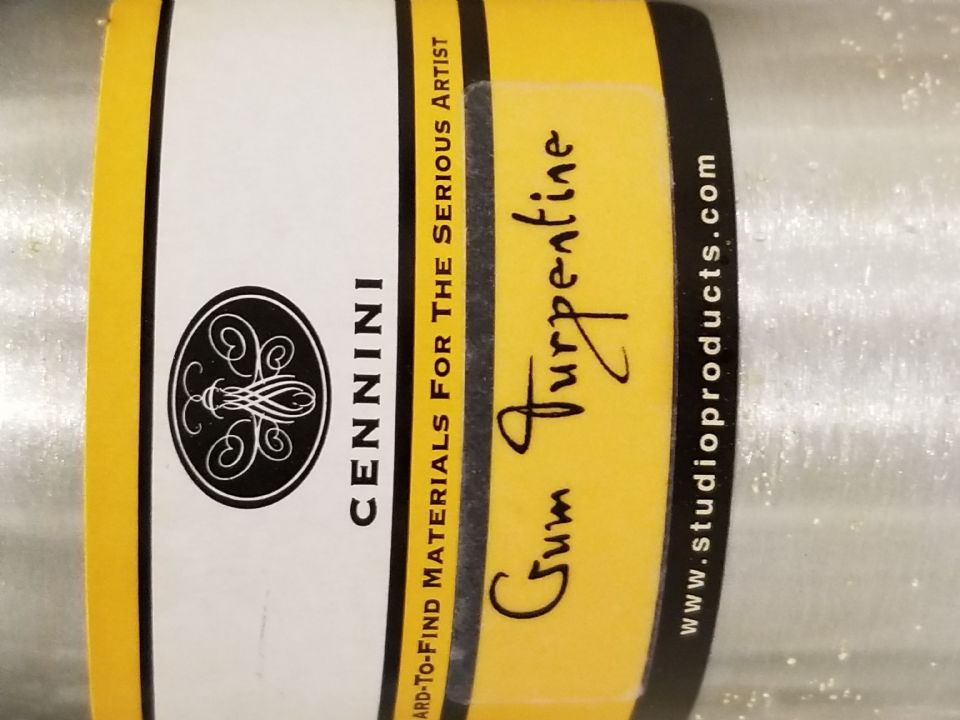Turpentine Stupes: For Kidney and Bladder Health
"Most of us are familiar with turpentine, whose pungent odor as a paint thinner is rarely forgotten. Used medicinally since ancient times as a chest rub for throat and nasal ailments and as a treatment for lice and intestinal parasites, it is mentioned in over 700 readings, along with related substances. Suggested primarily for external applications for kidney and bladder disorders,
Turpentine is also an ingredient in a tonic, an inhalant, and an expectorant; in capsules, as a pellet to be taken orally, and combined with mutton tallow and spirits of camphor in a massage formula.
It is obtained from the sapwood of several species of pine, fir, and other conifers. The essential oil (oil of turpentine) is separated from the rosin (a type of resin) by steam distillation and, when pure, it is a colorless and transparent liquid.
Using the Stupe
A stupe is any cloth that has been dipped in and wrung out of hot water, which contains an added medicament (sometimes referred to as medicated water). The cloth is applied directly to the skin and may be covered with a hot water bottle or heating pad to maintain the heat.
For the
Turpentine stupe (also called a pack) the amount of spirits of
Turpentine to one
quart of hot water varied according to the individual reading: from 5 drops of turpentine to 15 to 20 drops, to 1 teaspoon or 1 tablespoon. The drops are placed in the warm or hot water, and a cotton flannel cloth or small hand towel is dipped into the water, wrung out, folded 4 to 6 thicknesses, and because of its temperature placed carefully on the kidney (lower back) or bladder (lower abdomen) area. It is not necessary to apply heat, but, if desired, place a plastic wrap or some protective covering over the towel to protect the pad from the moist pack. The towel can be left on for 10 to 30 minutes, even up to an hour, depending upon the severity of the condition. After removing the pack, dry the area off with another towel or cloth. The pack can be reapplied several times a day or once or twice a week.
According to the readings, a turpentine stupe will help disintegrate
kidney stones and relieve painful urination. It is also useful for cystitis, painful menstruation, poor eyesight, and vaginal pain.
Results of Application
A number of people reported on their success with using the turpentine stupe. One A.R.E. member, M. Saraydarion, borrowed the Circulating File on
kidney stones from the A.R.E. Library for her husband, who had a dull ache that began after an extremely bad attack. A doctor and radiologist diagnosed the condition as a kidney stone.
In her letter of August 10, 1976, she writes: “He got his attack on July 10. On July 31 he began drinking one ounce of
Watermelon Seed Tea each day. He also started applying turpentine packs every evening. By August 4 the constant pain was gone. In its place was occasional pain. By August 8, when he stopped the turpentine packs, he no longer had any pain, occasional or otherwise.
“Whether the stone passed intact and he didn’t catch it or it dissolved, we don’t know. But the point is, he now feels perfectly well and for that we are extremely grateful. We are truly amazed …” (1839-1, Reports #4)
This is one of the simplest of the Cayce home remedies, yet like other suggestions it is not used in isolation. Individual readings mention osteopathic adjustments and
colonics used in conjunction with the stupe. Those suffering from kidney or bladder infection should drink a minimum of 8 glasses of water daily, eat an alkaline diet, and (as mentioned in the report above) drink 2 or 3 cups of mild
Watermelon Seed Tea per week, plus reduce their intake of white
Sugar and white flour.
Some individuals may have a skin sensitivity to the turpentine, which can cause burns, so careful attention should be paid while the pack is on. If the skin begins to tingle or burn, remove the pack immediately and wash off the area with plain water.
For individuals suffering from discomforts in these two body regions, turpentine stupes can provide a welcome relief from pain, inflammation, stones, and infection."
https://cayce.com/health-solutions/edgar-cayce-turpentine-stupes-kidney-bladder-health/

